Looking back on 2015 the year in the brewing raw material trade ended in a similar fashion to how it started. Markets were similarly quiet, maltsters were well supplied and well sold, production regions looked excellent regarding the coming crop and prices were sliding for the old crop while new crop prices were holding strong. But there are many differences, with demand slack as China’s slowing growth puts a break on the global economy and a wealth of grain from all production regions seeing stocks rising and prices weighed down. But it’s not just China’s slowing growth with all the BRICS countries suffering from slowing growth as we head into 2016.
It should be mentioned that Russian malt export increased to more than 9 times and at the same time, a drop of imported malt to Russia was observed.
Malt import – export
|
2012 |
2013 |
2014 |
2015 |
|||||
|
Quantity, t. |
Cost, thous. $ |
Quantity, t. |
Cost, thous. $ |
Quantity, t. |
Cost, thous. $ |
Quantity, t. |
Cost, thous. $ |
|
|
import |
||||||||
|
138537,2 |
82235,3 |
84849,9 |
56697,1 |
86057,8 |
53223,2 |
65926,9 |
34250,3 |
|
|
export |
||||||||
|
3044,5 |
2380,9 |
11810,4 |
7413,9 |
8652,8 |
4750,4 |
78993,2 |
28984,2 |
|
Presented here is a brief overview of our view into the next year, how crops will fare, which way markets may move and what could set the tone for 2016.
Looking Back on 2015
We started 2015 with a tight S&D outlook following increased Chinese import demand as well as a poor crop in North America and average crops from Argentina and Australia. Russia’s import restrictions were making EU wheat the cheapest global origin while the crashing Ruble and Western Powers over Crimea hurt agricultural exports and economic markets. As 2015 developed plantings were done under good conditions in most of the EU, with some excess water, but then questions emerged over dryness and then the June heatwave left many thinking yields and quality out of France, Benelux and Western Germany would be quite considerably reduced. But fears were largely proved to be unfounded with excellent crops coming out of Europe’s largest producers with the only really poor crops seen in Spain. As harvest rolled ahead across the Northern Hemisphere once OK, if moisture deprived, crops in Canada had the shine taken off them completely by harvest rains reducing quality leading once again to some limi- ted EU shipments of grain into North American ports. Meanwhile the USA recorded excellent yields and quality with farmers expanding acreage to meet higher contracting levels but leading to surplus crops weighing on an already well supplied global market. Russia and Ukraine too returned excellent barley quality and yields but export of anything but feed out of the two countries was limited as better quality existed elsewhere and slack domestic industry demand thanks to falling beer sales and excess malt capacity led to growing stocks. A long season of punctual rains ended for Australian producers in early September with hot and dry conditions ‘cooking’ some crops in the field, reducing what could have been a bumper crop for yield and quality to lower quality than 2014 but still higher yields of 8.2m MT (down from expectations of up to 9m MT). While Argentina suffered from rains during harvest and grains returned low proteins but good yields, the abolition of the export tax saw their barley start pricing into international markets. On the global grain market the post-harvest period has seen prices slowly dropping as the massive global stocks of barley and a lack of interest from importers (especially China) has led to a stagnant trade. Ending 2015 all grain stocks are heavy with winter barley stocks much higher than spring barley, which is broadly balanced. Many brewers are only locked in for their malt supplies until the first quarter of 2015 and most EU malthouses are well sold into the third quarter of 2015.
Looking forward to 2016
Prices on global markets for agricultural products aren’t expected to go anywhere but down in the coming few months as large stocks and weak demand from all markets combined with expectations of good crops stifle any rises. Add to this Argentina dropping its export taxes on a host of grains, including barley, and the world looks very well stocked with feed and to a lesser extending malting quality barley. We don’t want to tempt fate but at RMI we believe it would take either a major crop failure or other large scale catastrophe to see any major move in prices. Recently we have seen two halts on the Chinese stock market due to crashing stock prices as well as a decline in manufacturing activity which together signal a decline in the market which spurred on barley in the last two crop years. Traditional markets aren’t showing any sign of increasing their beer consumption or malt usage dramatically either but the European Championship in June may lead to some small increase or stabilization of the decline. And craft beer, though it might be growing and demanding more malt overall, in the global trade its impact is small and won’t stir the malt or barley market. Environmentally the climate outlook for 2015 is broadly favorable despite predictions El Nino will continue to affect crops up to possibly mid-2016. In Australia this could help the next crop as there is a good chance of increased inland rainfall in barley growing regions which could build soil moisture ahead of seeding. In Europe winter seeding happened under good conditions and mild winter up to early January has seen crops get well advanced before they entered dormancy. Some winterkill is expected in the East of Europe but for Western Europe conditions are still good with rain coming across the continent including in Spain where it’s badly needed. Further East and in Russia and Ukraine seeding was done under dry conditions with colder conditions now being seen but most crops in South Russia and North Ukraine have enough snow cover. Regarding winterkill in Russia and Ukraine there is a risk right now but it’s not higher than normal and snows in recent (and coming) days in Russia and Ukraine should provide some protection against cold. In Canada we hear of another year of increased barley plantings with the returns on malting and feed barley beating wheat and oats in 2016. While in the USA good contract prices from the big brewers and maltsters will see strong plantings in the traditional growing states (North Dakota, Montana, Minnesota, Oregon and Colorado). With the drop in taxes on many grains, and the currency devaluation, expectations in Argentina are for an increase in wheat and barley in the next season as farmers take advantage of the nation’s return to the open market.
As far as we can see at the moment macro economic influences on the brewing, malting and the barley trade are going to be in charge of directing the market in coming months and there’s little industry participants can do but try and ride the waves.






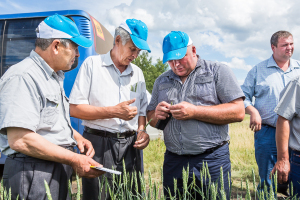






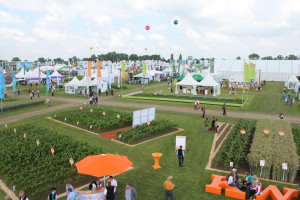
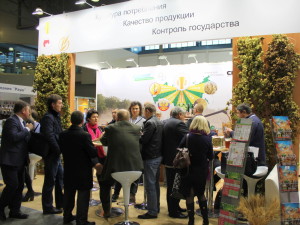
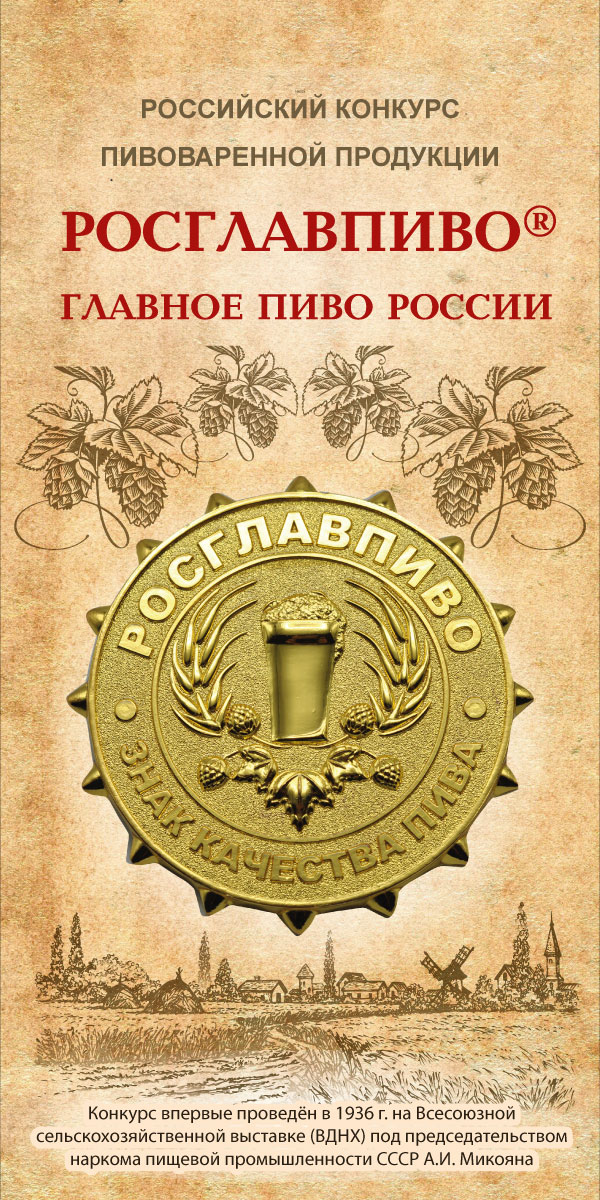
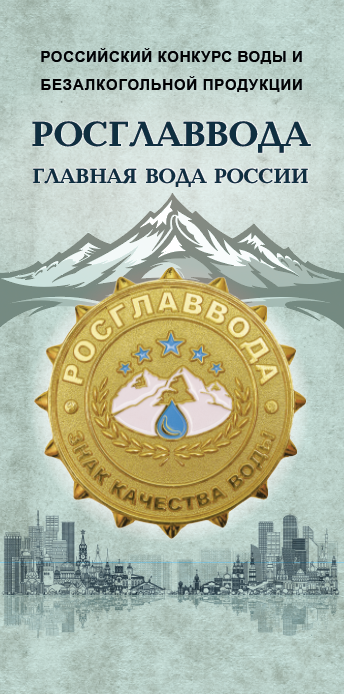

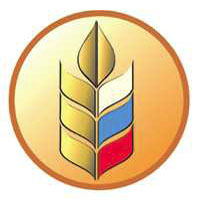





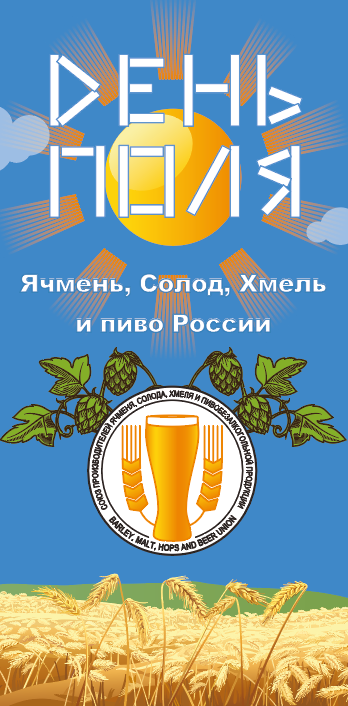
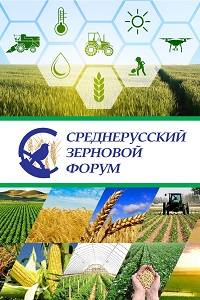
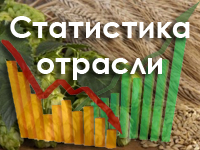
No comments